Top 10 Infotainment Systems

We’ll start with an honorable mention: We’d love to include the 17-inch screen found in the Tesla Model S but it’s too niche and limited to a vehicle few people can afford to own. However, it features a responsive screen that can be horizontally split. There is also a built in web browser.
Beyond that, the system is quite cluttered looking, but features some of the latest high-tech hardware. We can’t wait until Tesla’s cars, and by extension infotainment system, becomes more affordable.
MyFord Touch is slow, buggy and prone to crashes – but it’s also easy to use and features quite possibly the best voice-recognition software in the industry.
It has flaws, but MyFord Touch uses the four-corners of the screen as constantly available “buttons” that take you to the phone, navigation, climate control and media apps. With the shortcuts essentially docked to the corners of the screen, it’s actually easy to get to the apps you want without looking at the screen directly.
However, the real star of the show is Ford’s voice-recognition software, which practically makes every function of the infotainment system accessible to you without having to take your hands off the steering wheel or your eyes off the road.
Cadillac’s CUE system is pretty advanced and features technology not found on many other cars including proximity sensors and haptic feedback. The proximity sensors allow the screen to hide icons for a cleaner look until your hand comes close enough. They re-appear once your finger draws close enough to the surface. The haptic feedback feature allows you to know if the car registered your touch inputs, as it gives you a little jolt like a cell phone will when you type on its touch screen keyboard.
With 800×480 resolution, the graphics look good, but the touch-response is a bit lacking.
It’s clear that CUE is still in its infancy and we look forward to future models where the software is optimized and quicker to use.
Kia’s UVO system has quite a few positives: it’s easy to use and good looking. It’s an attractive, colorful system that brightens up the cabin of any car it’s in. The high-tech look and feel also helps to give a premium appeal to Kia’s cars, adding more value for the buyer. For those looking for the latest and greatest, it’s worth mentioning that Kia’s system is powered by Google Maps.
Sadly, Kia’s system can be frustratingly slow to respond and that dampens the experience considerably.
Mazda’s new touch-screen plus control-knob setup is easy to use and mimics many of the other popular systems found in German luxury cars. The tactile, knob-centric approach is easy to use when you’re driving and the touch-screen is the perfect solution for entering destinations in the navigation screen. Powering the navigation and maps is a software called Here, provided by Nokia – it’s great looking with tons of bright colors.
However, we have a few complaints about some of the processes at work here. Some basic functions like tuning the radio and pairing Bluetooth are needlessly complicated compared to competing systems.
Infiniti’s new infotainment system debuted on the tech-heavy Q50. A dual-screen interface, the InTouch system can be confusing, as one screen is controlled by a knob, while the other is controlled with your fingers. While response time for the touch-screen isn’t as sharp as it could be, both screens are fairly high resolution, making them easy to read. On the other hand, the screens get dirty quickly and show finger prints so you’d better have a cloth handy.
However, Infiniti has given its infotainment system some connected car capability, allowing drivers to get their social media feeds, emails and Google apps on the touch-screen. Furthermore, the system has built in performance meters showcasing your G-Forces and other in-car data like you’re in a video game.
MyLink (sometimes called Intellilink) may be a bit slow in terms of touch-screen responsiveness, but it offers customizability in addition to top-notch connectivity features. For example, if your car doesn’t have navigation, you can use an app on your phone called BringGo to give the car that added feature. That functionality is not saved for expensive luxury cars, but is available with entry-level models including the Spark, Sonic and Trax.
Additionally, MyLink tends to augment its touch-screen with a few physical buttons, making it easier to use at a quick glance.
With its 3D maps and 800×480 resolution, Audi’s MMI system looks great and responds quickly, which is why it’s here on this list. It does take a little time to get used to, but once you’re familiar with it, it’s almost natural. New versions of MMI have a touchpad that allows you to write out letters and that makes it easier than the rotary knob to enter destinations.
Even cooler is that the touchpad changes purposes based on what part of MMI you’re using. If you’re in a text input field, it allows you to write out letters, but if you’re in the map you can slide your fingers on the touchpad to scroll around and zoom in or out.
COMAND may not have the same visual flair as the other systems on the list, but it works very well and is easy to use. There’s practically no learning curve. Like the jog-dial on old school Blackberry or Palm devices, the Mercedes COMAND system just asks you to turn the wheel and click.
This year Mercedes launched an updated version of COMAND in the C-Class and S-Class, adding sexier animations and graphics. Hopefully the simple formula that made it such a hit in our office remained intact. We’ll know more once we give it a spin. We also hope that the upgrade resulted in a more visually exciting color scheme than the grey and black hues from past models.
The dial interface is a key component because it works intuitively with the radio application. It looks like an old radio and allows you to dial to the station of your choice.
While BMW’s iDrive system had a rough start back in 2001, recent iterations of it have been getting better and better. Now 11 years later, we regard iDrive as the benchmark for how a touch screen free infotainment system should look and operate. One particularly noteworthy addition in new versions of iDrive is the capability to have a split-screen setup, allowing you to see detailed media information alongside your map screen.
Everything about iDrive is ergonomic and intuitive. Consider where BMW places the knob and surrounding buttons – right next to the gear-stick, so it falls nicely to hand. With the new BMW ConnectedDrive system, drivers can also access their social media feeds and even e-mail right from the car.
The high-resolution (1280×480 pixels) visuals are also gorgeous on iDrive systems. From the 3D maps to the slick sliding animations, iDrive looks like a premium piece of technology much like Apple’s iPhone.
Without a doubt, the best infotainment system available today is Uconnect. It has bright, clear visuals, a responsive screen and navigation software powered by Garmin. There’s even the capability to create an in-car Wi-Fi hotspot.
New models from Jeep and Chrysler are even getting apps and connected car features like the ability to unlock and start your car via a smart-phone, or use internet apps like Pandora, Aha, iHeartRadio and Slacker Radio in your car.
If there’s one complaint about Uconnect, is that it’s not particularly pretty with a resolution of just 640×480 (standard definition in layman’s term) but that’s OK because it works, is fast and loaded with features.

Sami has an unquenchable thirst for car knowledge and has been at AutoGuide for the past six years. He has a degree in journalism and media studies from the University of Guelph-Humber in Toronto and has won multiple journalism awards from the Automotive Journalist Association of Canada. Sami is also on the jury for the World Car Awards.
More by Sami Haj-Assaad




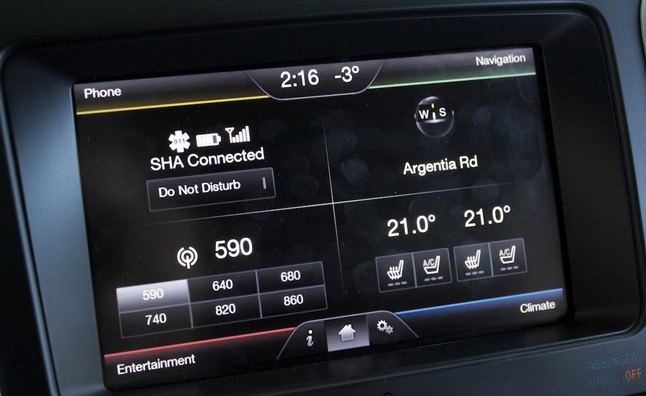






















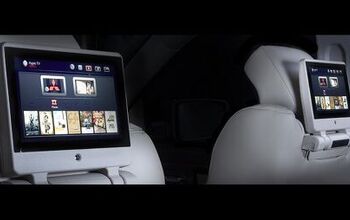
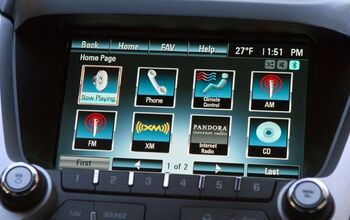

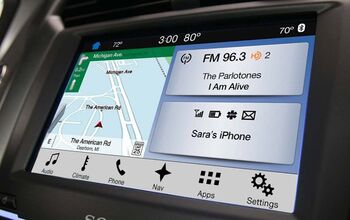

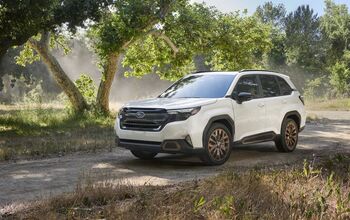
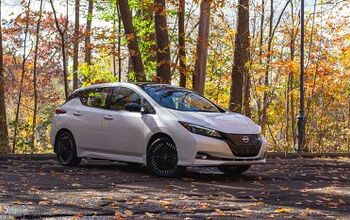
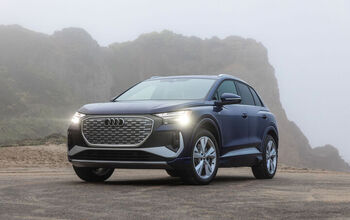

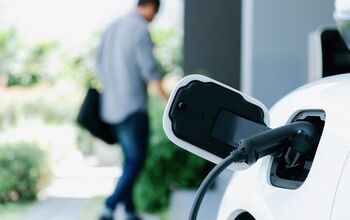



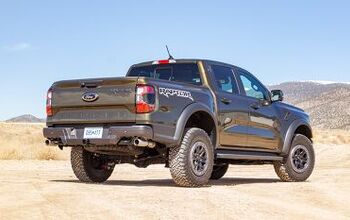

Comments
Join the conversation
I purchased a 2016 Cadillac SRX last year in December it has 40,000 km and the CUE infotainment system is garbage. It has been at the dealer 3 times they have not resolved the issue. Gm is saying they have no updates to solve the problem of not recognizing voice commands, giving directions that are 40 minutes longer than normal,the voice commands stutter, not to mention the cd player not accepting cds and the compartment that opens and closes is not working properly. Very dissatisfied with GM and Cadillac i feel the whole system needs to be replaced. I am waiting for a response from GM. If this is not resolved i will never buy another Cadillac again and i will make sure that the public knows about GM and Cadillacs poor customer service and lack of concern towards their customers. Shame on you GM
This article needs to be upgraded to today's systems!